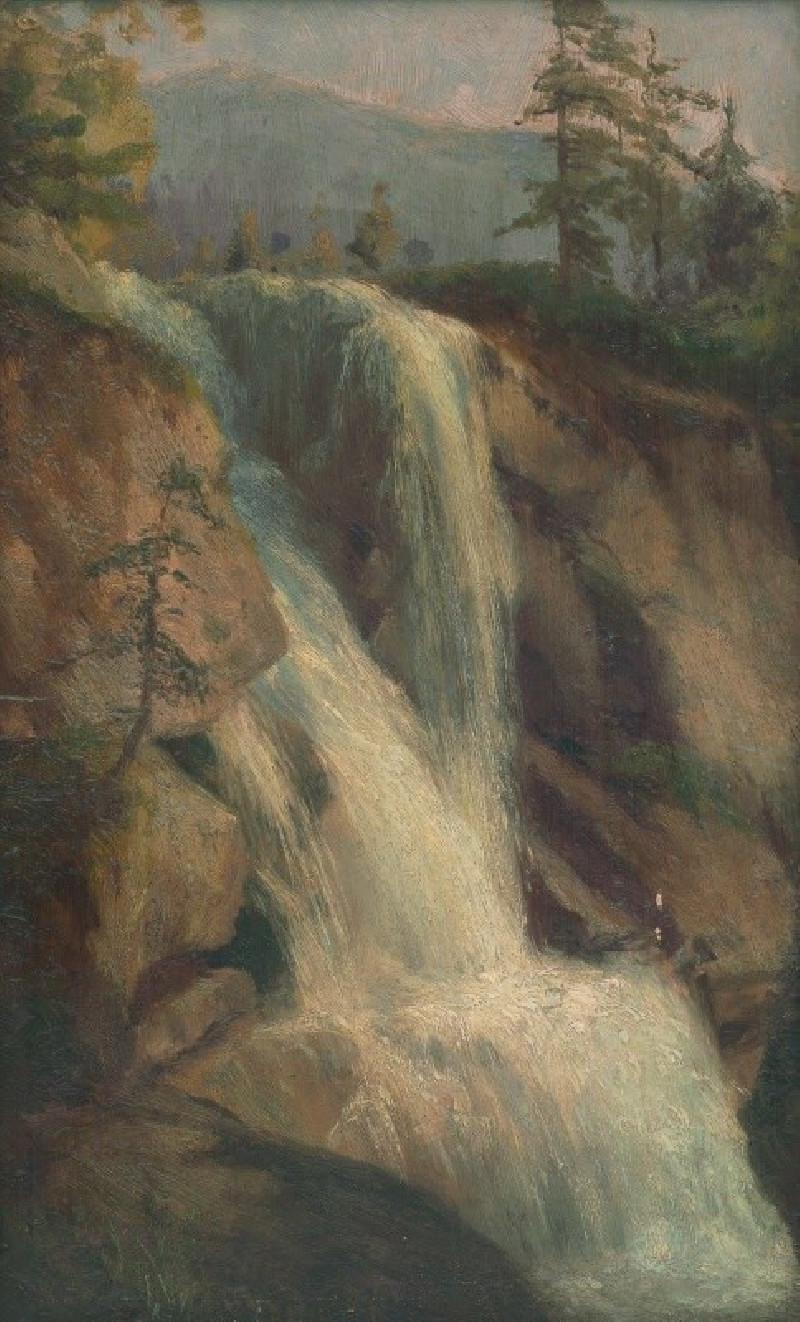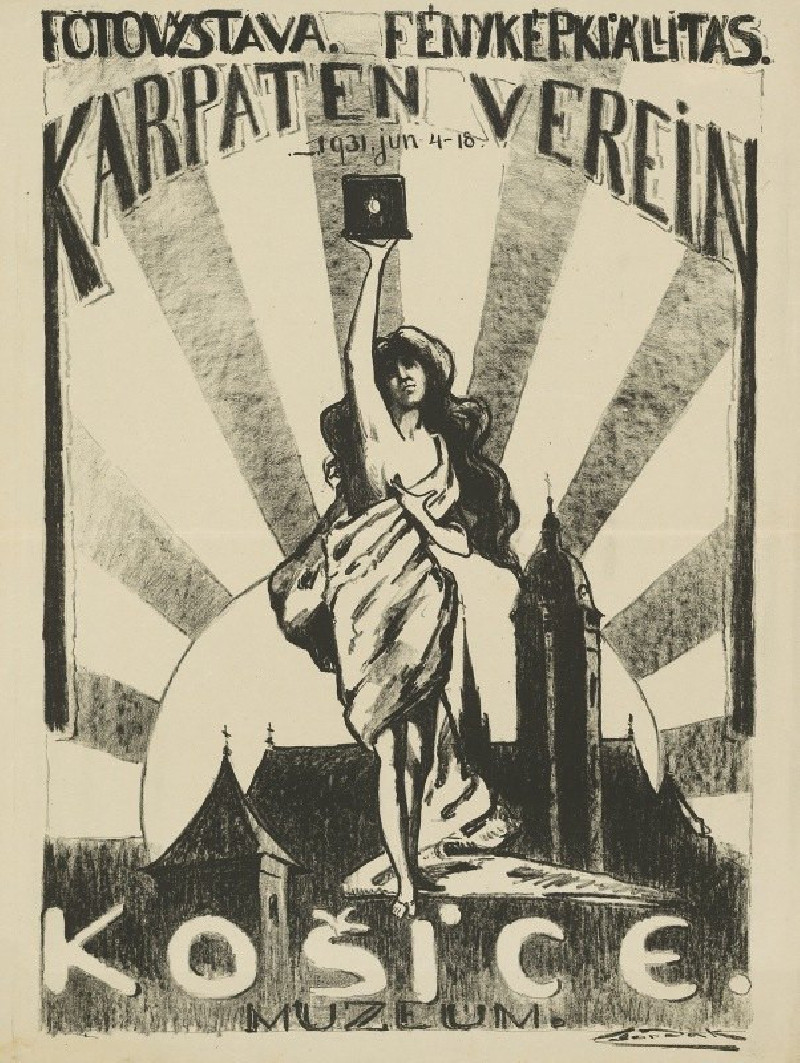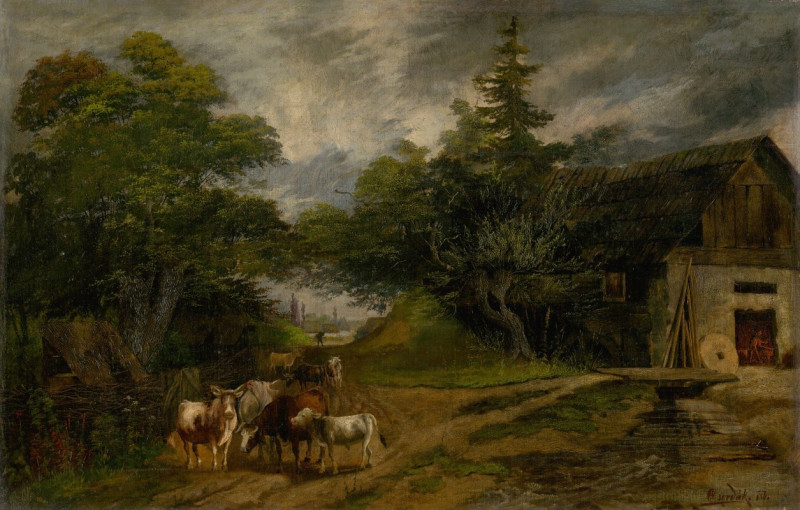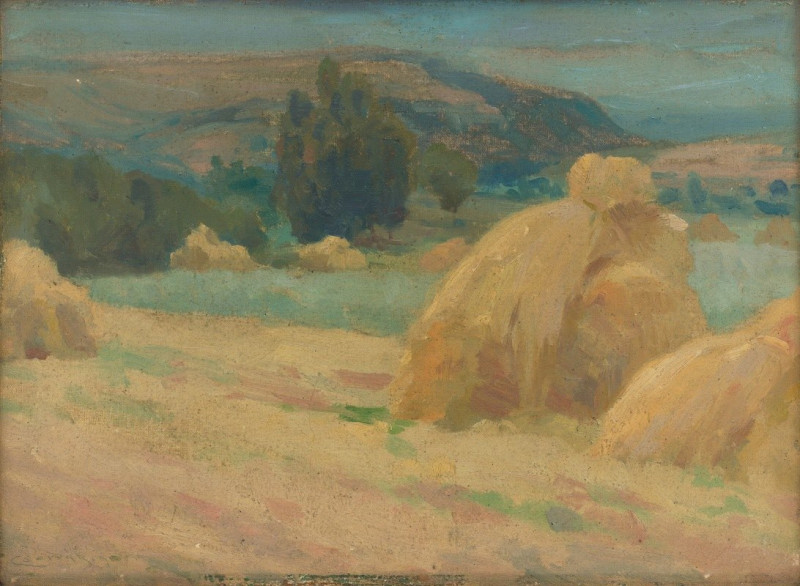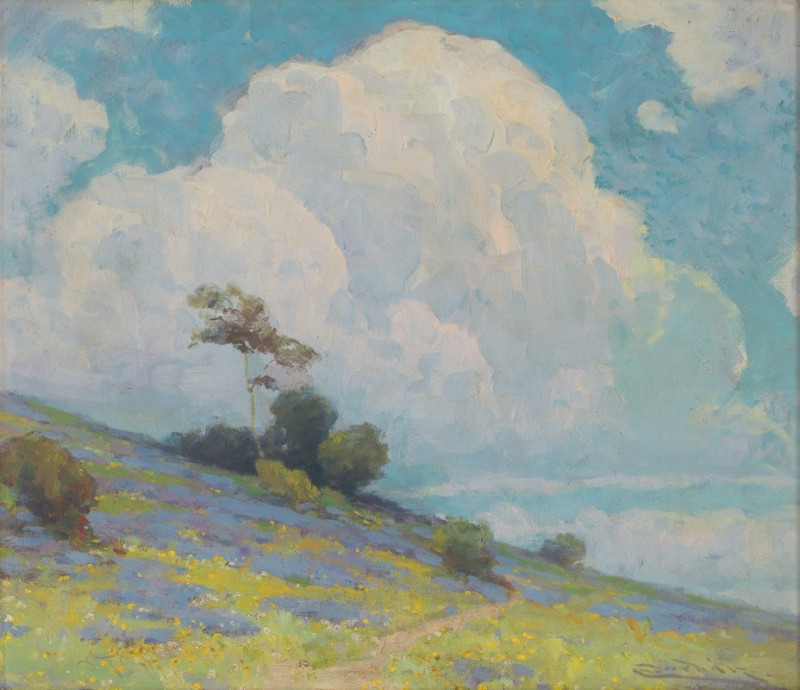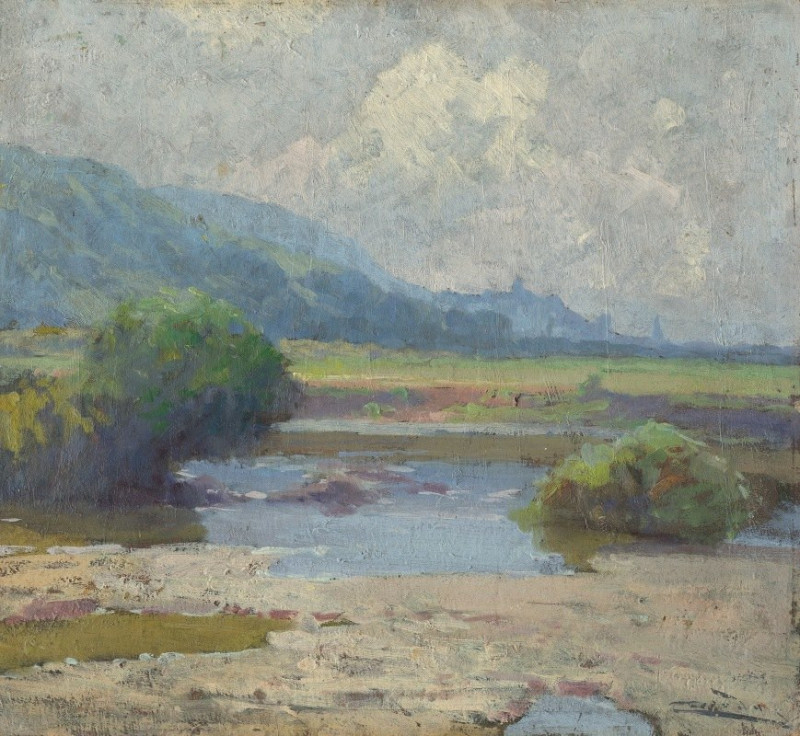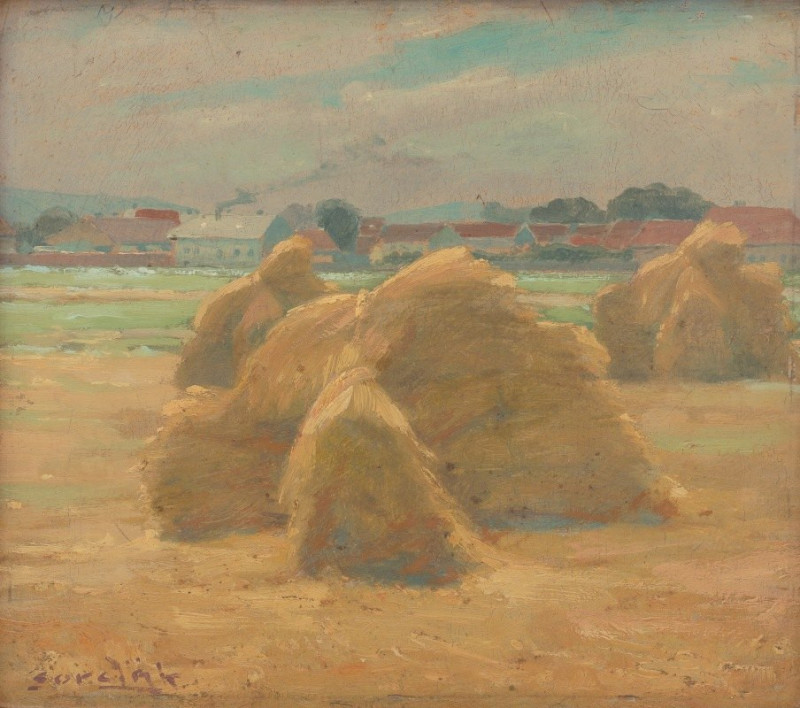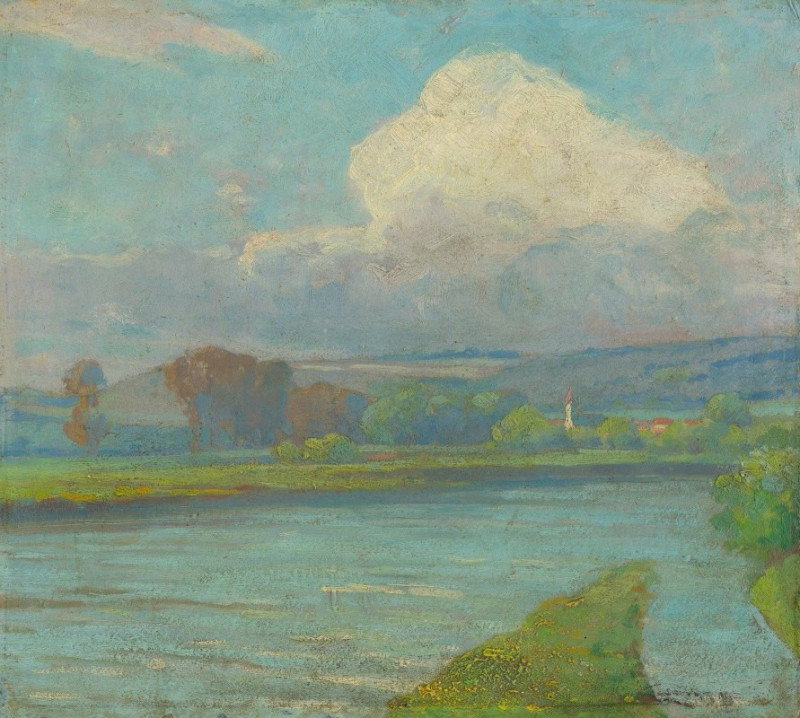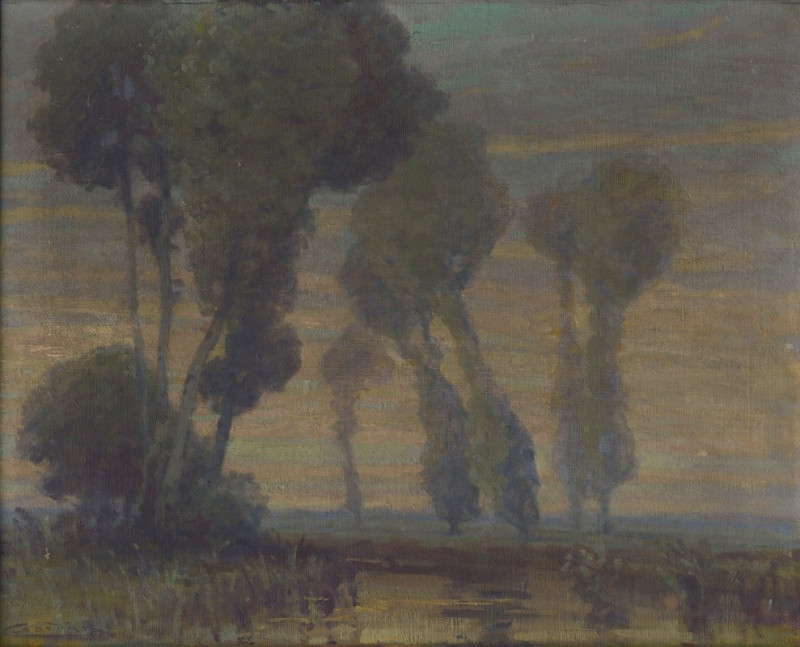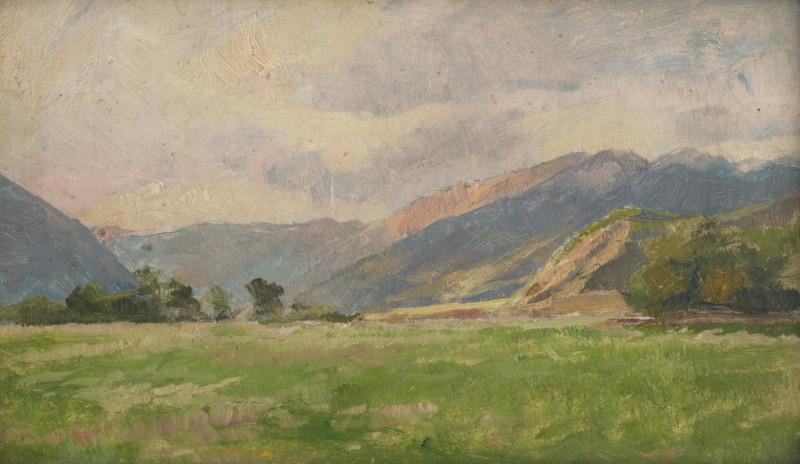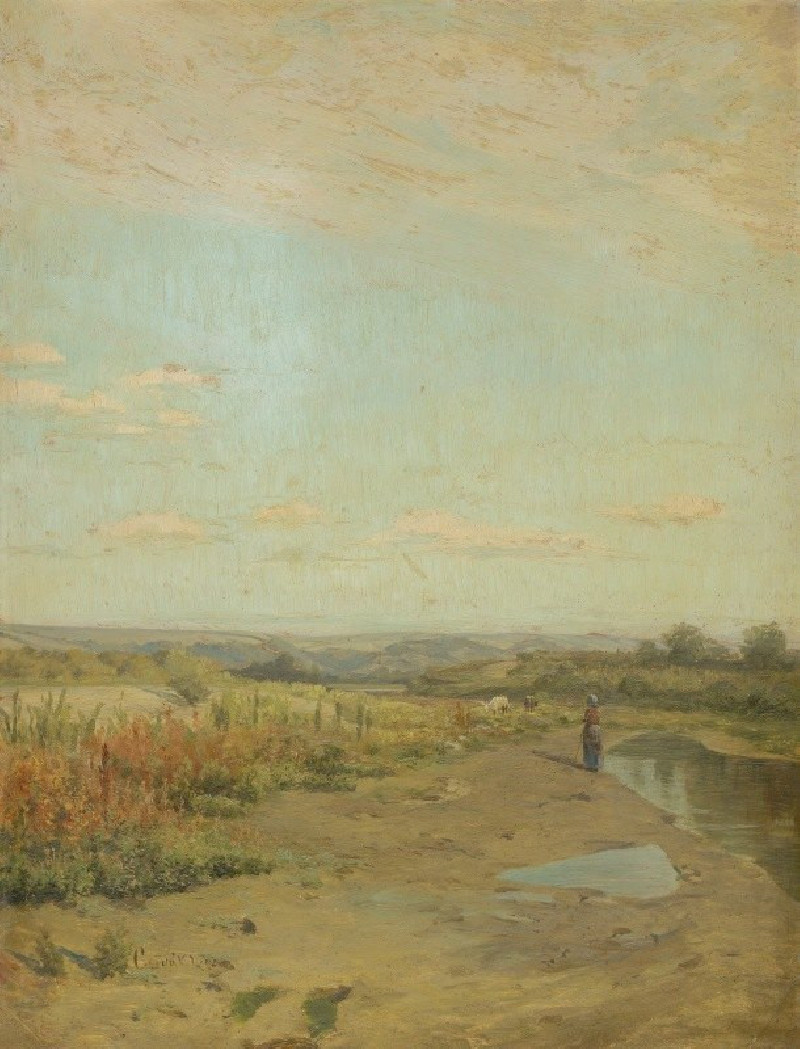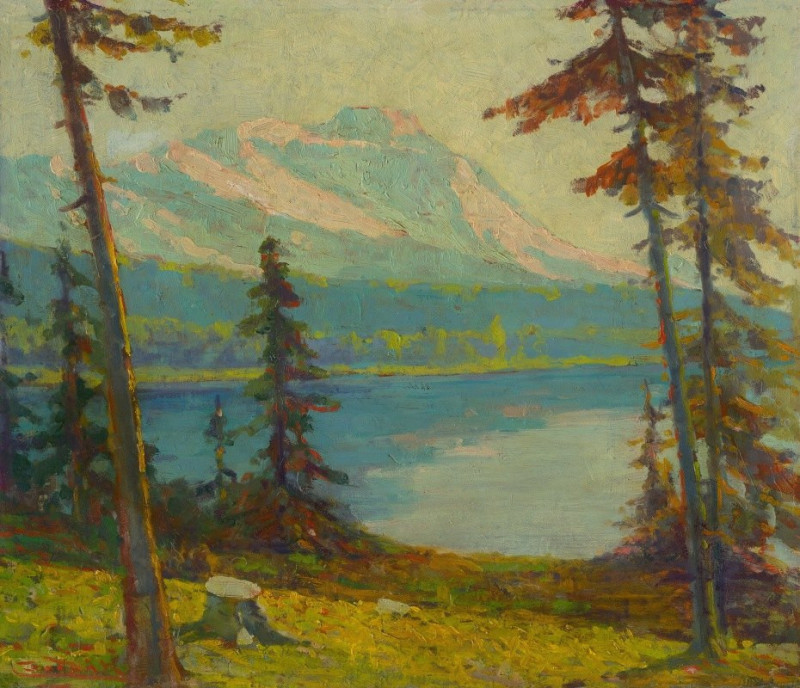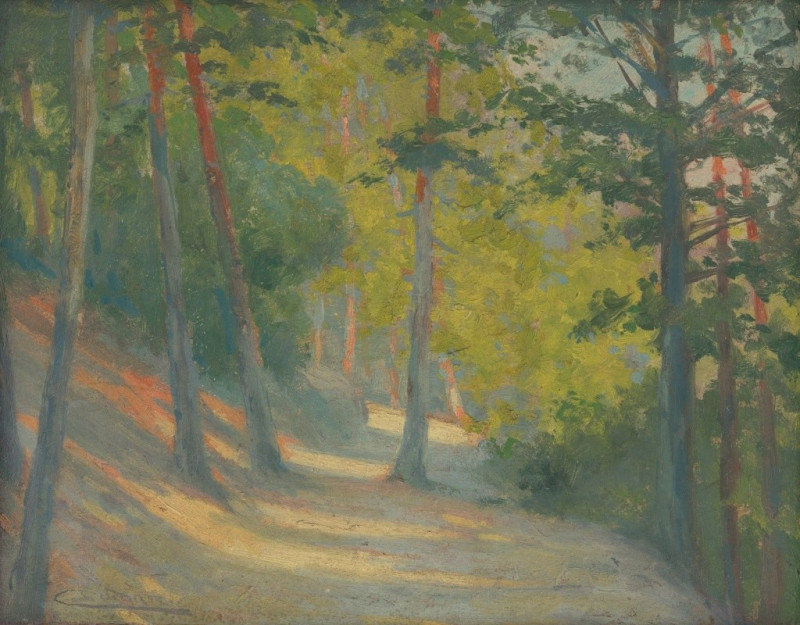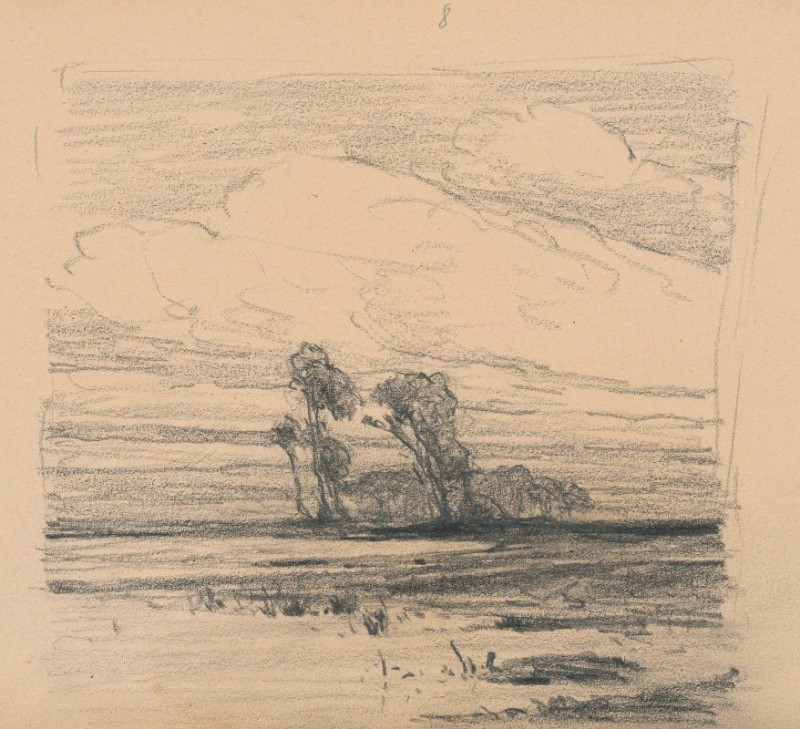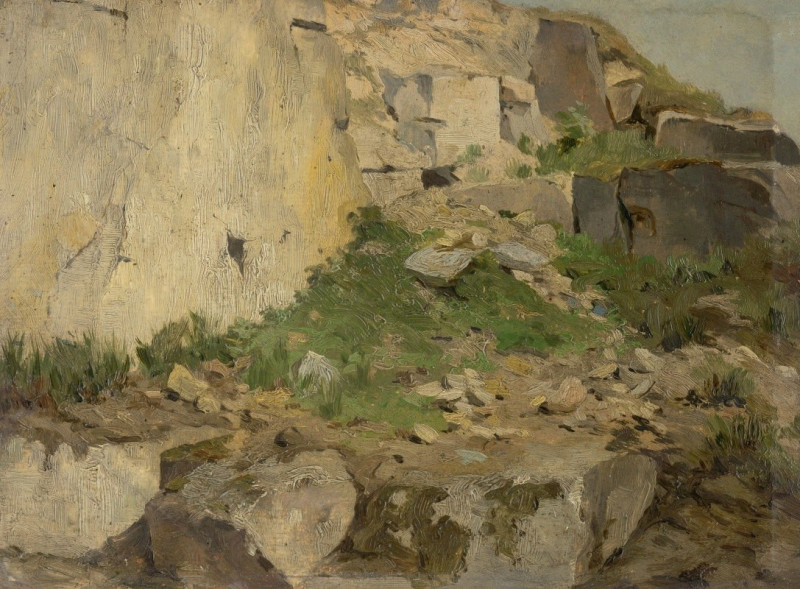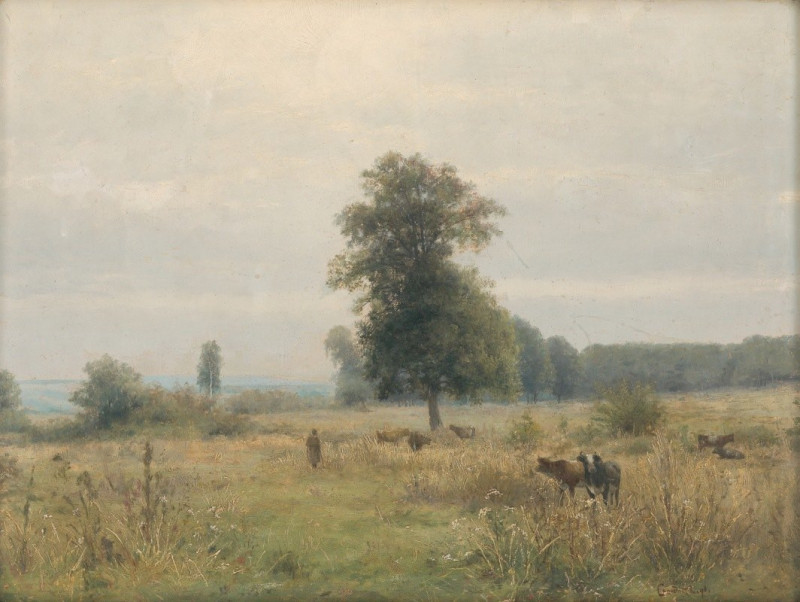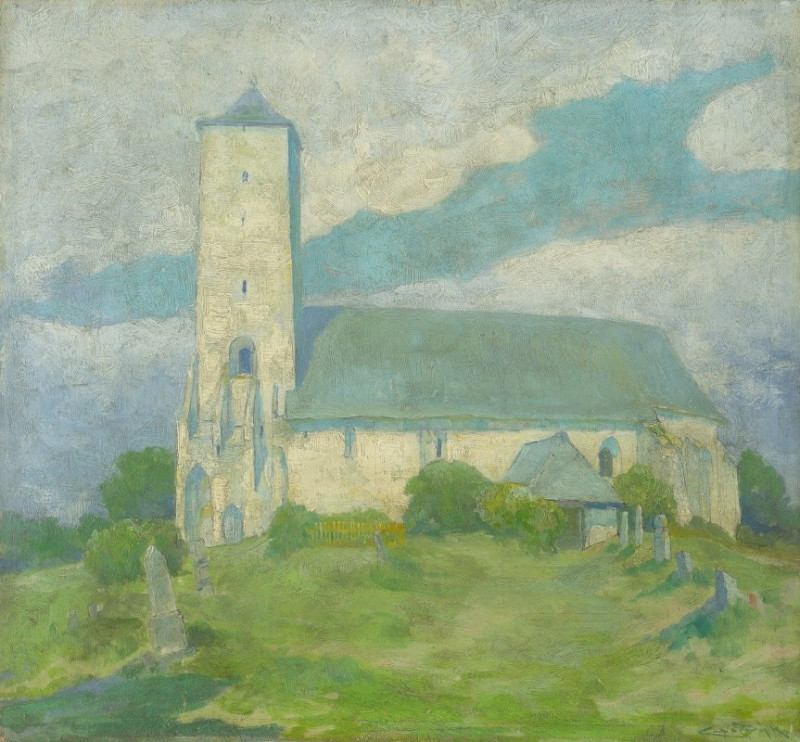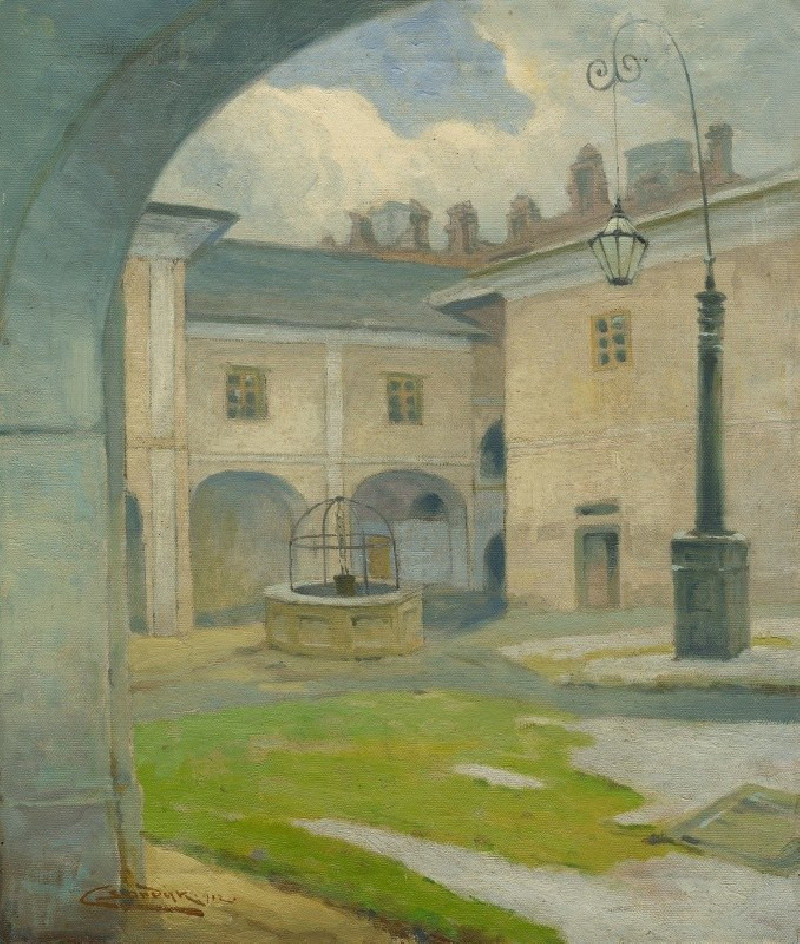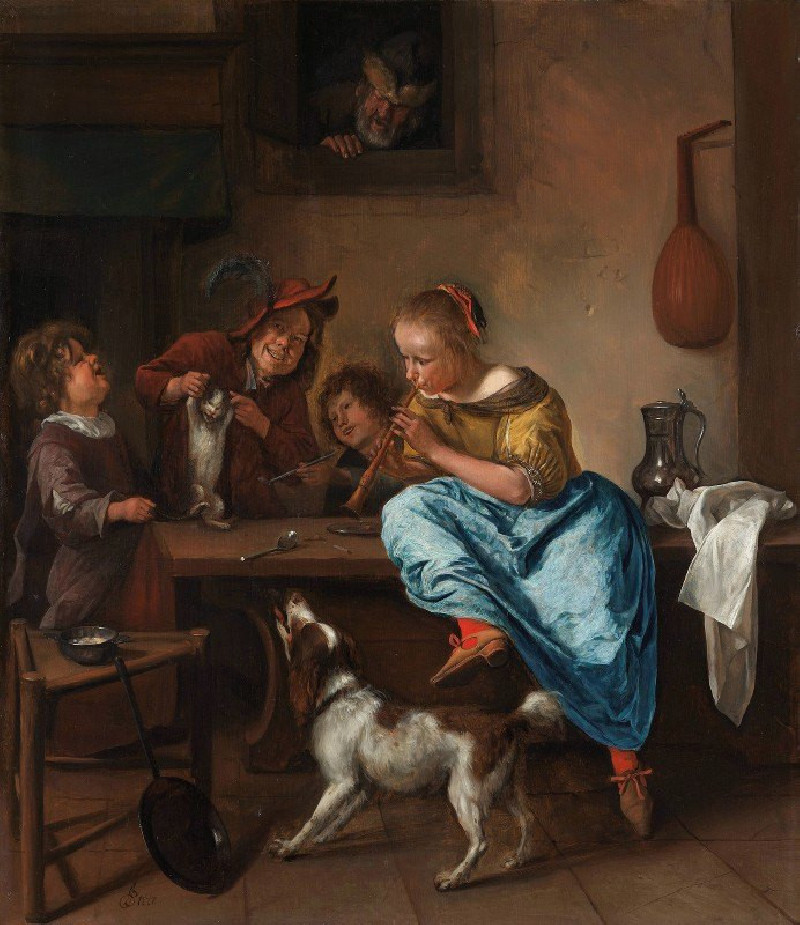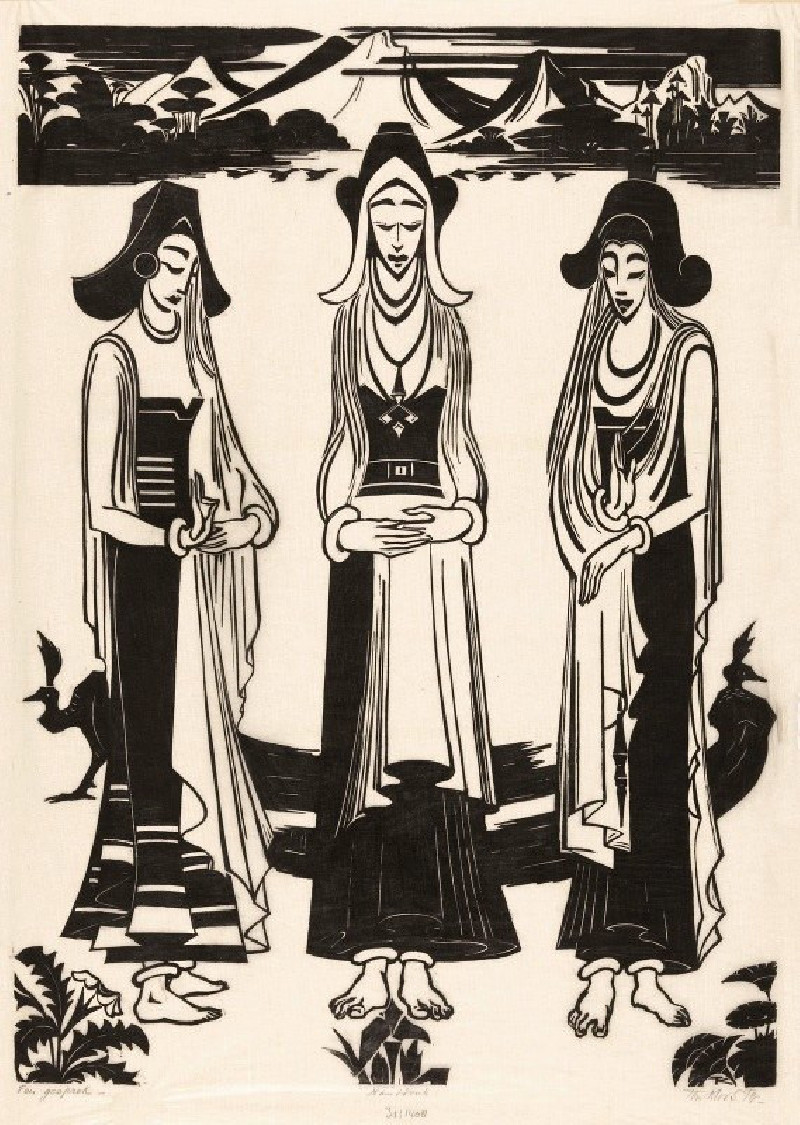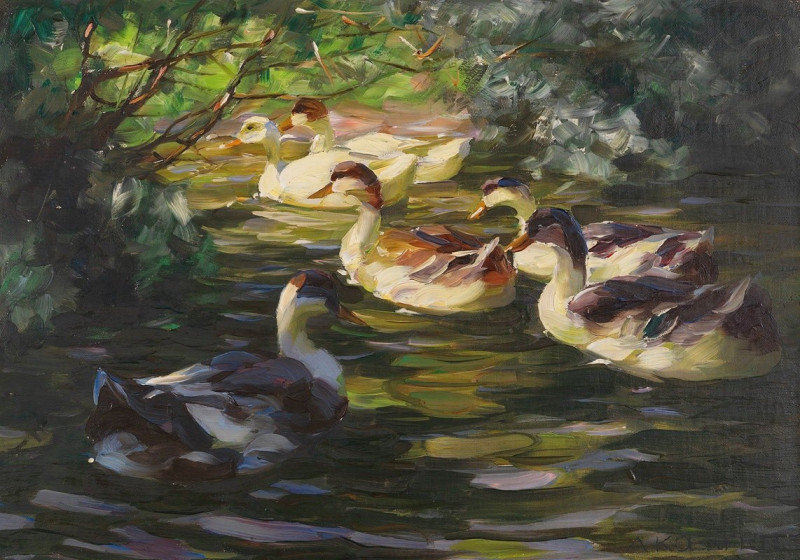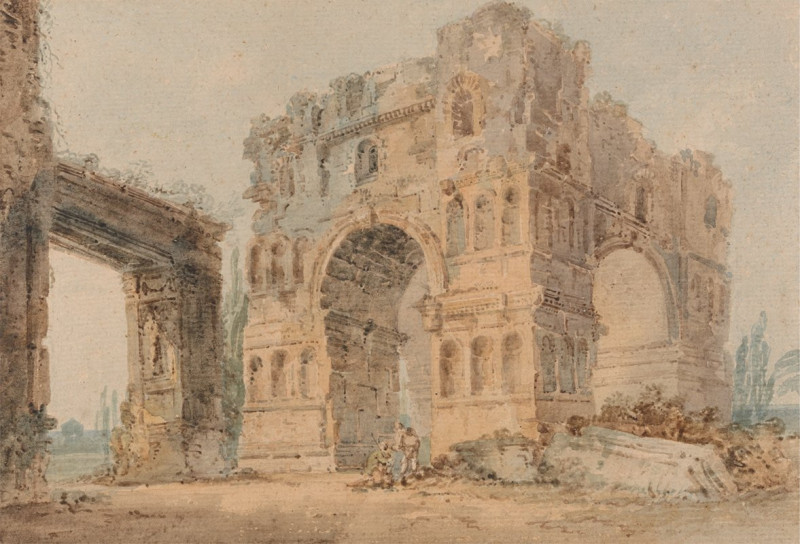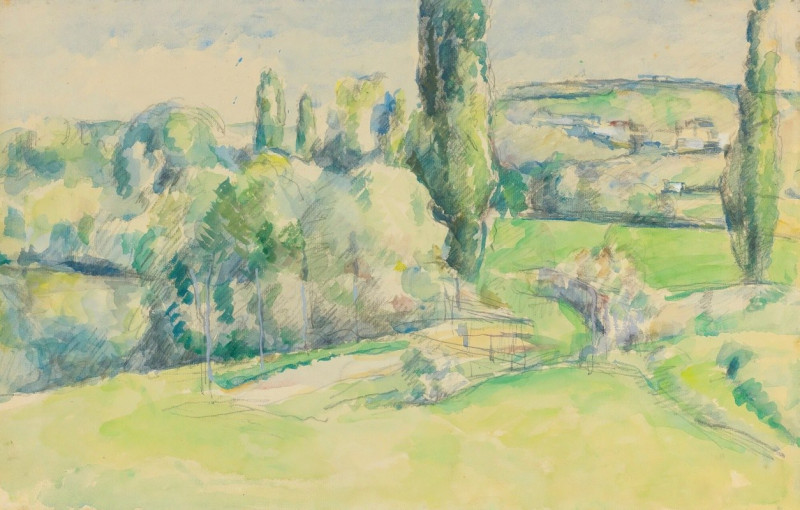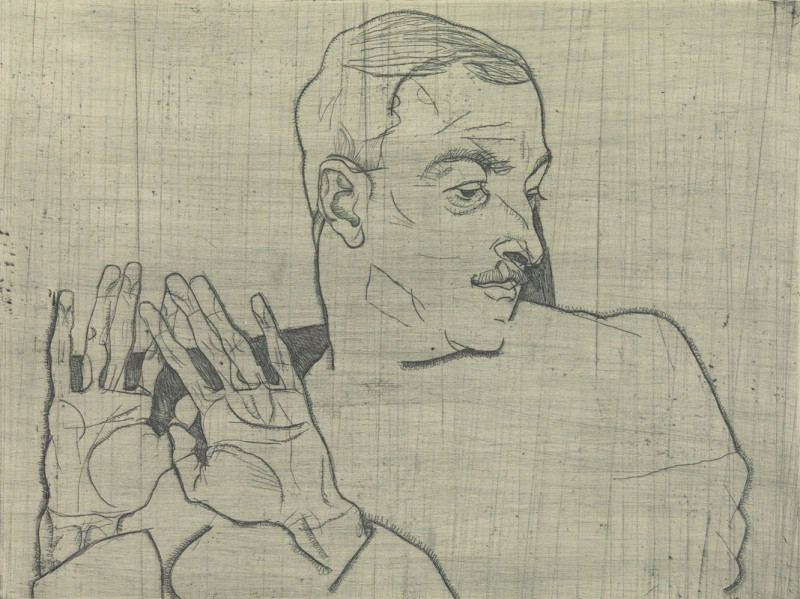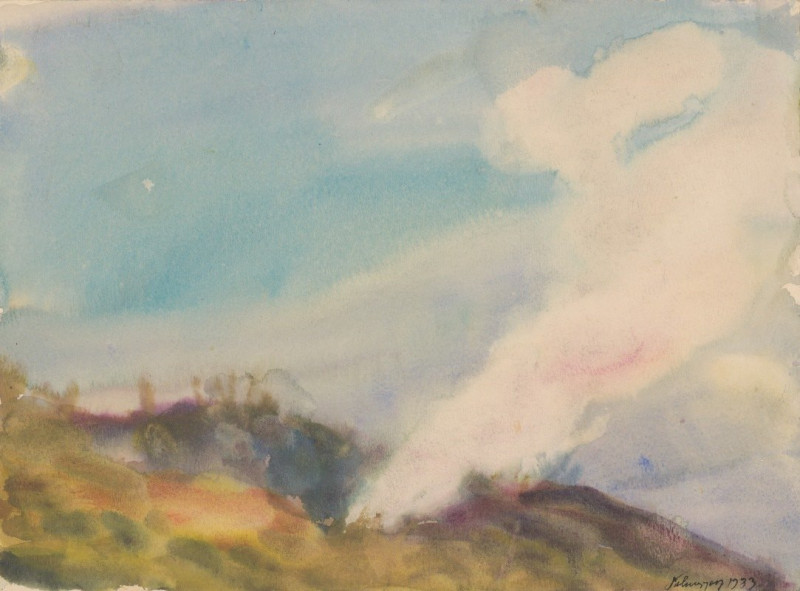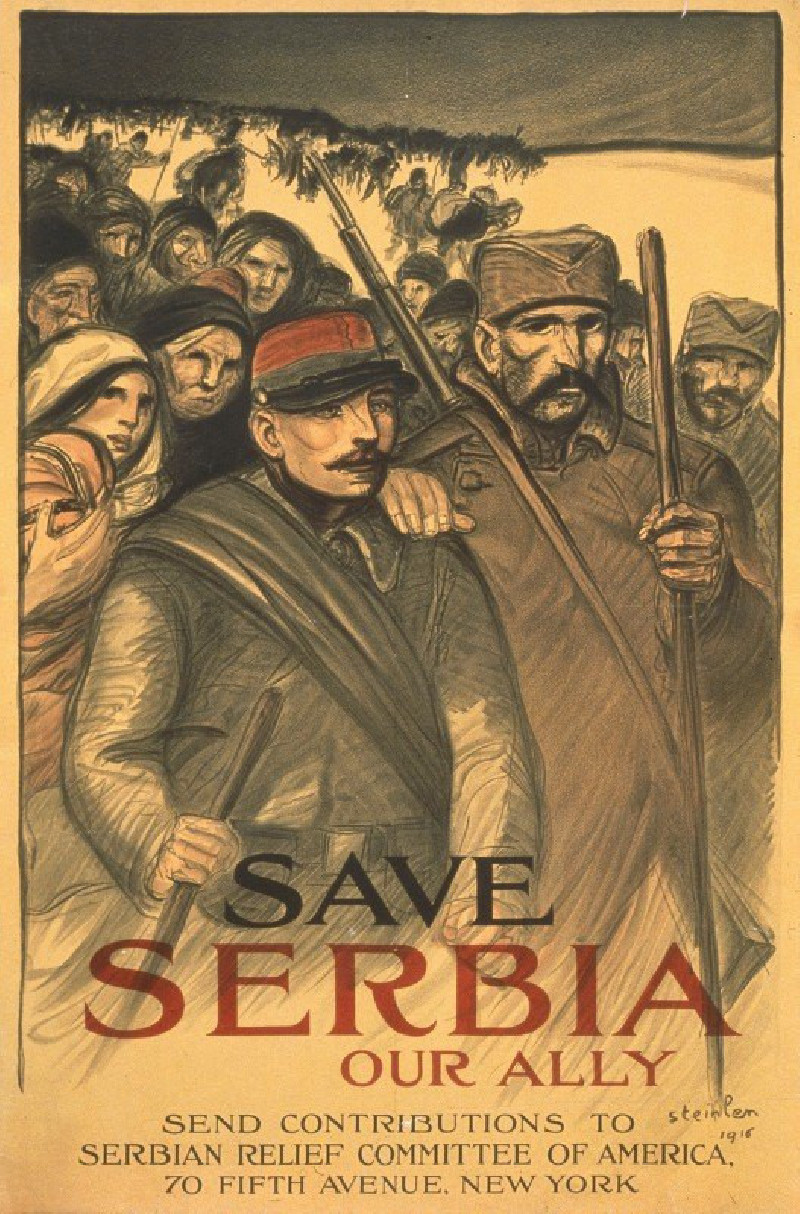Waterfall (1900–1905)
Technique: Giclée quality print
Recommended by our customers
More about this artwork
Ľudovít Čordák's "Waterfall" (1900–1905) depicts an idyllic scene, capturing the serene yet dynamic beauty of a waterfall cascading through a rugged landscape. The painting showcases Čordák’s masterful use of color and light to convey the natural beauty of the Slovak countryside.In this composition, the waterfall is the central figure, as a powerful stream of water plunges down a rocky cliff into a mist-shrouded basin below. The artist's brushwork gives life to the flowing water, creating a vivid sense of movement and the refreshing coolness of the cascade. Surrounding the waterfall, the landscape is richly adorned with verdant greenery, including towering trees and smaller shrubs clinging to the craggy surfaces, adding to the wild, untouched feel of the scene.The soft, hazy sky suggests either early morning or late afternoon, moments when the light enhances the natural hues of the wilderness with a warm glow, inviting the viewer to lose themselves in this tranquil, secluded spot. Čordák intricately balances the elements of earth, water, and air, crafting a harmonious and captivating scene that is a testament to his skill and his profound appreciation of nature's splendor.
Delivery
Returns
Ludwig Deutsch was an Austrian painter who settled in Paris and became a noted Orientalist artist.
Details of Ludwig Deutsch's life are obscure. He was born in Vienna in 1855 into a well-established Jewish family. His father Ignaz Deutsch was a financier at the Austrian court. He studied at the Vienna Academy of Fine Arts 1872–1875, then, in 1878, moved to Paris where he became strongly associated with Orientalism.

